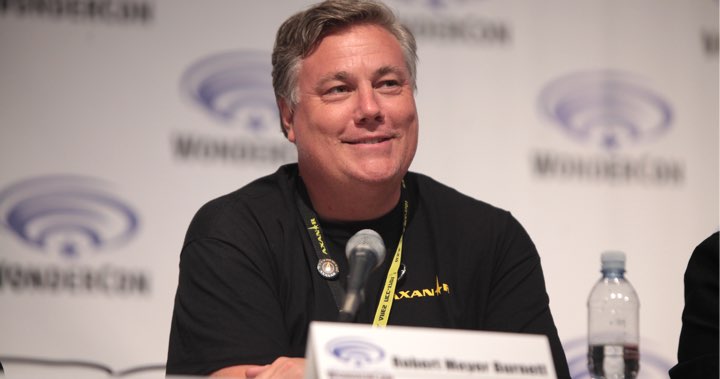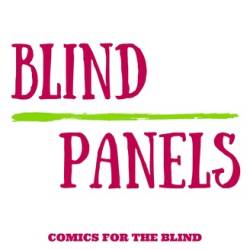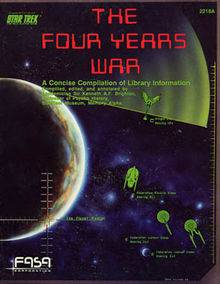
‘WE DON’T OWN STAR TREK’ Axanar director Robert Meyer Burnett’s podcast interview may make it difficult to prove Axanar didn’t accidentally infringe upon Star Trek’s copyrights.
Knowing Infringement?
Table of Contents
Main article: Copyright infringement
See also: Motion to dismiss and Director Burnett Resigns from Axanar and Axanar Co-Writer Announces Departure
In a podcast interview released April 1, 2016, Axanar director Robert Meyer Burnett detailed how broadly and deeply he, the films’ writers and producer Alec Peters foraged for source material in the body of Star Trek’s copyrighted works, creating a problem for one defense their attorneys appeared to set up in the recent dismissal motion.
“We knew… we don’t own Star Trek. We know that,” Burnett told the host of the Blind Panels podcast. “We’re making a movie set in the Star Trek universe.”

In that interview, Burnett strove to contrast Axanar’s approach to the infringing nature of fan films with the way other fan productions have done it.
The problem with Star Trek fan films is they’re trying to recreate Star Trek. As good as their productions might be … you’re still watching actors that aren’t Kirk, Spock and McCoy. While they painstakingly recreate the bridge or the props and everything, you know you’re not watching real Star Trek.1) [emphasis added]
Axanar instead planned on a different approach, Burnett said, to “sort of mix [source elements] all together into this new concoction that no one had ever seen before”:
We wanted to do something totally different, where we’re going to explore a previously unexplored era of the Star Trek universe, create new characters from whole cloth and extrapolate what the universe might be like using all the different sources, whether it was Enterprise, whether it was J.J. Abrams’ Star Trek movie, whether it was Star Trek novels, whether it was Star Trek games — any place that we could draw what we thought were interesting pieces of source material that were all from various areas of the canon.2) [emphasis added]
So while this approach may sound like an attempt to create a new, transformative work — a fair use defense against the copyright infringement of which Axanar is accused3) — Burnett said in the same interview that the heart of his film’s story, the fabled Battle of Axanar relied on another Paramount-copyrighted Star Trek work, the role-playing game sourcebook, “The Four Years War.”4)

That book was published by FASA Corp. in 1986 under license by Paramount Pictures, which still owns the copyright,5), alongside a scenario book, “Return to Axanar.”6)
The FASA books portrayed the Battle of Axanar as the culmination of a war between Star Trek’s United Federation of Planets and the Klingon Empire.
Is 'Axanar' Transformative?
Despite director Burnett’s recent, post-lawsuit characterization of Axanar as a “new concoction,” in fact the production portrayed its aims this way in order to attract donations from diehard Star Trek fans:
Axanar is the first fully-professional, independent Star Trek film. … For you, the Star Trek fan, Axanar is a return to the type of Star Trek all of us grew up on. … Axanar feels like Star Trek because it is made by two of the biggest Star Trek fans in the world, Alec Peters and Robert Burnett.7)
In their firm’s legal blog, intellectual property attorneys Nancy E. Wolff and Kenneth N. Swezey point out that “the courts have distinguished infringing derivative works from transforming fair use by requiring that the new work must ‘supersede the objects of the original creation…altering the first [work] with new expression, meaning or message.’ A derivative work is one that merely ‘recasts, transforms, or adapts an original work into a new mode of presentation.’8)
So in their own pitch to fans who gave Axanar more than $1.3 million, Peters and Burnett were not proposing something transformative, with a new meaning or message, but instead “a return to the type of Star Trek all of us grew up on.”9)
Fair Use Defense
In fact, the dismissal motion appears to be setting up an eventual fair use defense on this basis:
To the extent any of the elements Plaintiffs are complaining about are actually protectable, Defendants intend to vigorously defend their use (if any) as a fair use. Without a film, the Court cannot evaluate the purpose and character of Defendants’ film, whether its nature is transformative or a parody, and the amount and substantiality taken (if any).
Under U.S. copyright law, these are three of the four factors courts must weigh when determining whether infringement constitutes fair use.10)
The defense omits the most important factor in determining fair use. Notably, the motion omits the fourth factor: commercial impact of the infringing use, which the Supreme Court ruled “is the single most important element of fair use,”11) and “must take account not only of harm to the original but also of harm to the market for derivative works.”12)
Burnett’s comments also call into question the defense’s assertion in its dismissal motion that:
- Star Trek’s copyrights were too complex for the defendants (self-described as among “the biggest Star Trek fans in the world,”) one of whom (Peters) often introduces himself as a lawyer who “knows how to navigate these things.”13)
- Paramount may have no standing in the case since all the possible copyrights allegedly infringed upon may have come from CBS copyrights. That may be obviated by Burnett’s own admission in the Blind Panels podcast that Axanar culled elements from J.J. Abrams’ [2009] Star Trek, as well as the side-by-side comparisons of such elements as the spacedock that first appeared in Star Trek: The Motion Picture, a Paramount property, and the substantially similar spacedock portrayed in Prelude to Axanar and in stills advertising the Axanar feature.
How to Prove Infringement
According to the American Bar Association, CBS and Paramount need to prove Axanar’s copyright infringement via:
Note: Burnett was not named a defendant in the case. See also: The Unnamed Defendants
- Direct evidence — This can include witness testimony, the defendant’s own admission, or photos or video catching the defendant in the act.
- Circumstantial evidence — Plaintiffs need to demonstrate the defendants had access to the copyrighted work, and that the defendants’ work is “substantially similar” to the original.14)
However, Burnett’s detailed description in the podcast of Axanar’s looking for elements from as many copyrighted Star Trek sources as they could find may provide plaintiffs the direct evidence, and point them to supporting circumstantial elements in the preproduction and already filmed works for Prelude to Axanar and Axanar.
Minimizing Damages
Writing for the news site, TrekMovie.com, attorney Susan Kayler, who founded the Artists and Writers Legal Resource Center, took issue with the defense’s characterization that “since there are so many copyrights it’s not Axanar’s fault they infringed them because how can anybody look up that many copyrights?”15)
More likely, Kayler writes, the defense is attempting to minimize the potential damages of $150,000 per infringement allowable under the law to only $200 per infringement if the defense can show the infringement was accidental, not willful:
The motion, in part, is defendant’s attempt to claim ignorance and therefore avoid “willfulness” and higher damages.16)
Again, Burnett’s podcast comments may cast doubt on the defense’s ability to demonstrate ignorance. 
Keywords
